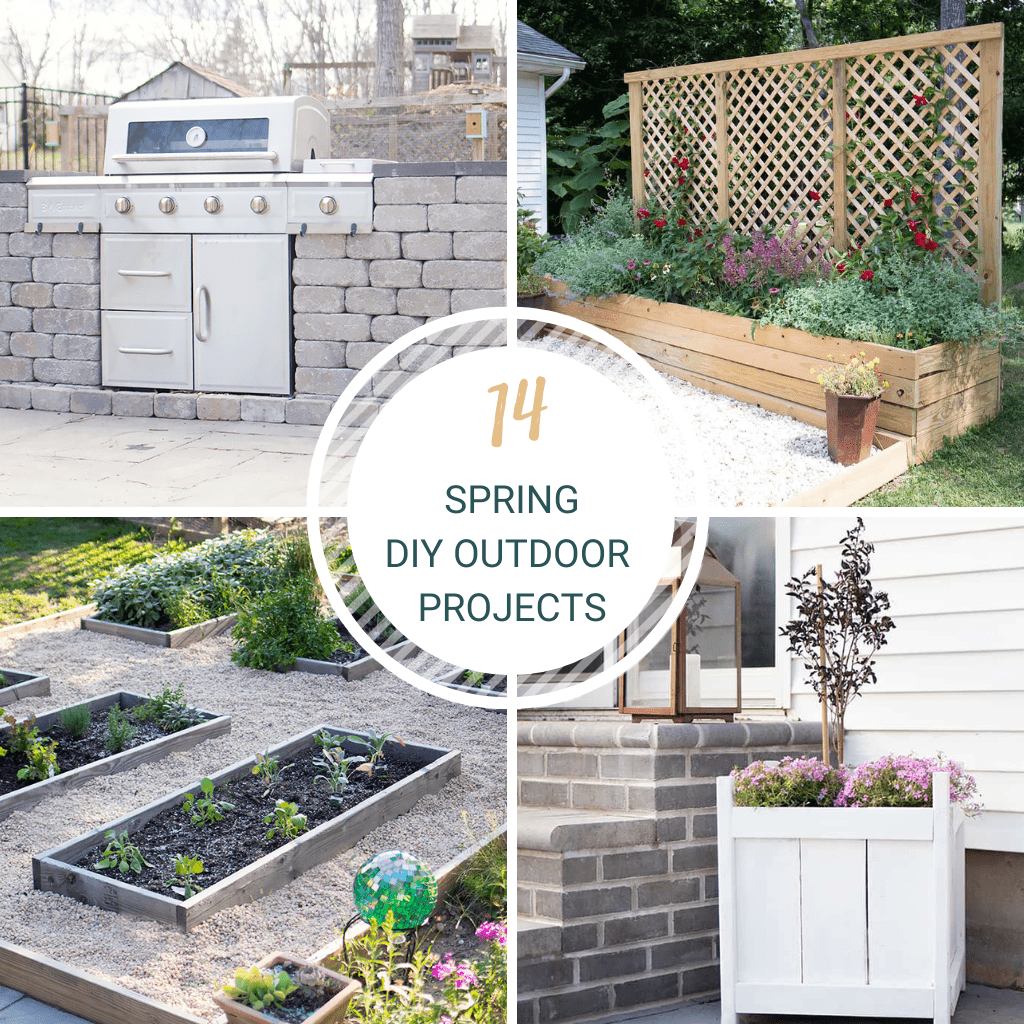9 Steps for Getting Your Spring Vegetable Garden Ready
9 Steps for Getting Your Spring Vegetable Garden Ready- Spring is just around the corner, and it’s time to roll up our sleeves and prepare for the vibrant burst of life that comes with a flourishing vegetable garden.

As the days grow longer and the weather begins to warm, it’s time to dust off your gardening gloves and prepare for the vibrant abundance of spring vegetables. Whether you’re a seasoned gardener or a novice with a green thumb, getting your spring vegetable garden ready is an essential step in ensuring a successful growing season. From soil preparation to plant selection, here are nine steps to help you kickstart your spring garden with confidence and enthusiasm.
KEEP IN TOUCH! FOR MORE INSPIRATIONS, TUTORIALS, AND FREE KNITTING PATTERNS, SIGN UP FOR OUR WEEKLY NEWSLETTER:

9 Steps for Getting Your Spring Vegetable Garden Ready
Step 1: Clean Up Your Garden Beds
Before you start planting, take some time to clean up your garden beds. Remove any debris, weeds, or leftover plant material from the previous season. Clearing out the clutter will not only improve the appearance of your garden but also help prevent pests and diseases from taking hold.
Step 2: Assess Your Soil
Healthy soil is the foundation of a thriving garden, so it’s essential to assess its condition before planting. Test the pH levels of your soil and amend it as needed with organic matter such as compost or aged manure. Incorporating these nutrient-rich materials will improve soil structure, drainage, and fertility, providing an ideal environment for your spring vegetables to flourish.
Step 3: Plan Your Garden Layout
Take some time to plan your garden layout, considering factors such as sunlight exposure, spacing requirements, and companion planting. Arrange your vegetable beds in a way that maximizes sunlight and airflow while minimizing competition between plants. Planning ahead will help you make the most of your garden space and ensure a bountiful harvest.

Step 4: Choose Your Spring Vegetables
Selecting the right vegetables for your spring garden is crucial for success. Consider your climate, soil conditions, and personal preferences when choosing which crops to grow. Popular spring vegetables include lettuce, spinach, kale, carrots, radishes, peas, and broccoli. Choose a mix of cool-season and warm-season crops to stagger your harvest throughout the season.

Step 5: Start Seeds Indoors
For certain vegetables, starting seeds indoors before transplanting them into the garden can give them a head start and extend your growing season. Sow seeds in trays or pots filled with seed starting mix, keeping them warm and moist until they germinate. Once the seedlings have developed several sets of true leaves, they can be transplanted into your garden beds.
Step 6: Prepare Your Seedbeds
Prepare your garden beds for planting by loosening the soil and creating a smooth, level surface. Use a garden fork or tiller to break up compacted soil and remove any large clumps or rocks. Rake the soil to create a fine, crumbly texture that is conducive to seed germination and root growth.

Step 7: Plant Your Vegetables
With your garden beds prepared, it’s time to plant your spring vegetables. Follow the spacing and planting depth recommendations for each crop, and water thoroughly after planting to ensure good soil-to-root contact. Consider using row covers or cloches to protect tender seedlings from late frosts or pests.
Step 8: Provide Adequate Water and Nutrients
Proper watering and fertilization are essential for healthy plant growth and development. Water your garden regularly, keeping the soil consistently moist but not waterlogged. Apply organic fertilizer or compost tea periodically to provide essential nutrients to your plants throughout the growing season.
Step 9: Monitor and Maintain Your Garden
Finally, be sure to monitor your garden regularly for signs of pests, diseases, or nutrient deficiencies. Practice good garden hygiene by removing weeds, pruning plants as needed, and providing support for vining crops. With a little care and attention, your spring vegetable garden will thrive and reward you with a delicious bounty of fresh, homegrown produce.
As you embark on the journey of preparing your spring vegetable garden, remember that gardening is as much a labor of love as it is a science. Embrace the process, learn from your successes and failures, and take pleasure in the simple joys of growing your own food. With this post, 9 Steps for Getting Your Spring Vegetable Garden Ready as your guide, you’ll be well on your way to a successful and rewarding gardening season.
Looking for more gardening tips and tutorials?
Easy Way To Successfully Propagate Hydrangea
How to Propogate Succulents the Easy Way
How to Protect Strawberry Plants from Birds
I love seeing your finished projects! If you enjoyed this post, 9 Steps for Getting Your Spring Vegetable Garden Ready, I’d love to see yours on Instagram, just tag me @ginamicheleblog. Happy gardening!






